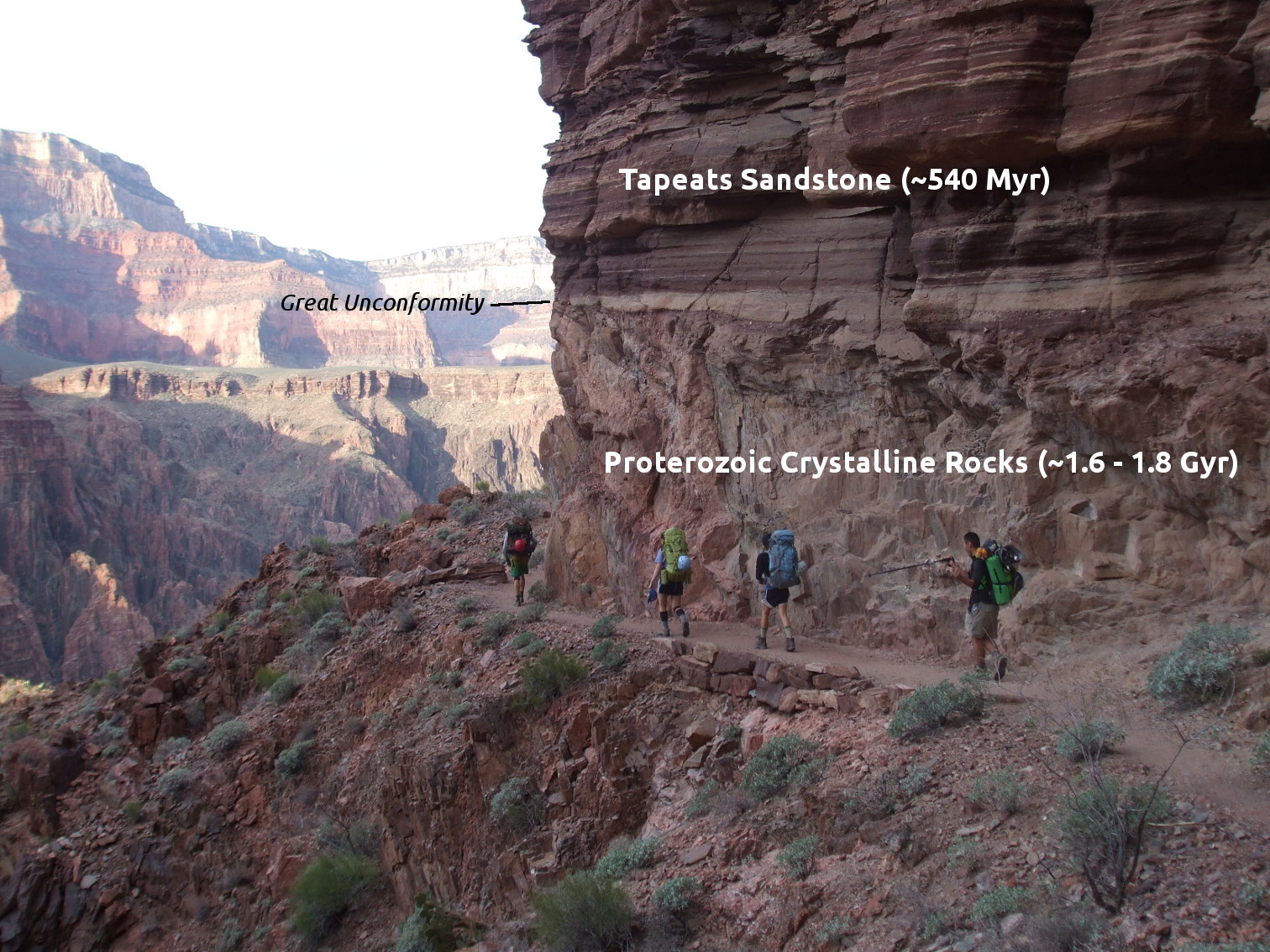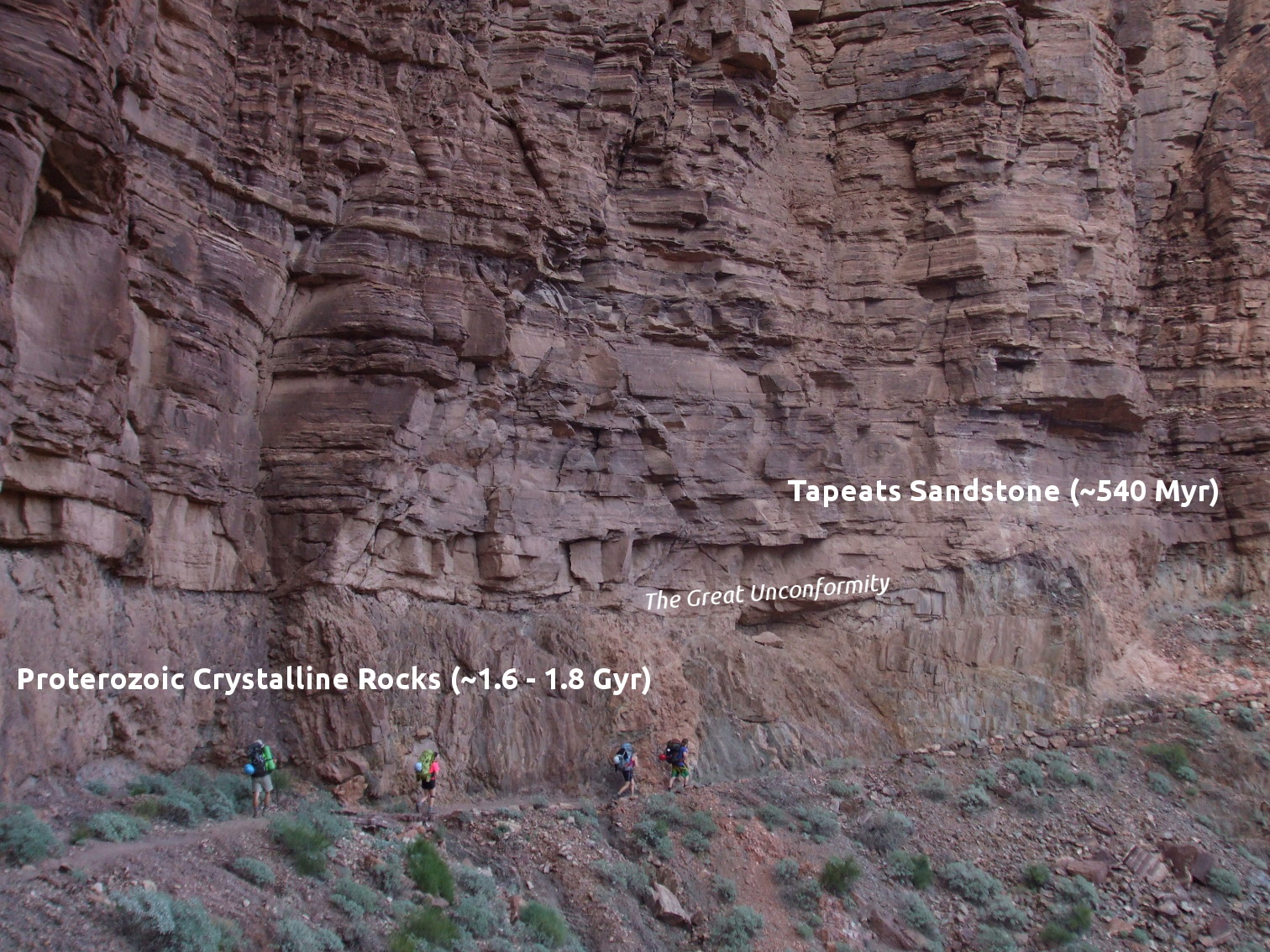
I don't think I need to convince you that water is important for life. After all, according to Google, a person will perish after 3 days without water. However, you may find it rather surprising that we quite possibly owe our very existence to water. If the Earth were not rich in water, life might not have moved beyond the single-cell stage. That is to say, the development of complex lifeforms may never have proceeded if it weren't for free water on our planet.
Well. Bold claims are nice and all, but let's actually look at the science to support my crazy proposition...
You may have heard of the Cambrian Explosion, which marks the beginning of a huge diversification in life. This event happened at about 542 million years ago; it is marked in the geologic record as the sudden appearance of an impressively diverse assemblage of fossils. Before the Cambrian Explosion, bacteria ruled the world. The few multicellular organisms that had evolved were very simply. They did not eat each other. After the Cambrian Explosion, countless complex, multicellular organisms roamed the ocean. These creatures were hungry, so they started to eat each other. The appearance of exoskeletons in the fossil record with the Cambrian Explosion documents lifeforms' sudden need to defend themselves against predators. The famous Burgess Shale outcrops in the Canadian Rockies are noted for their abundant fossils that are associated with this sudden change in the style of life.
Though the evidence for this unprecedented development of complex lifeforms is clear in the rock record, the root cause of this period of rapid evolution is still hotly debated. The most intriguing theory (which is also my favorite) suggests that the Cambrian Explosion occured in response to a massive, unprecedented input of nutrients into the world's oceans (Peters & Gaines, Nature Geoscience, 2012). By the end of the Precambrian Eon (~1 billion years ago), right before the Cambrian Explosion, the Earth's first true supercontinent (called Rodinia) had formed. You may have heard of the supercontinent Pangaea, which had formed by ~250 million years ago and which was home to the dinosaurs. Rodinia was an earlier supercontinent, and its formation resulted in a ridiculously large mass of continental crust being exposed to weathering and erosion. Over the next several hundred million years, the Rodinian continental mass was extensively weathered, just as the modern Appalachian Mountains have been weathered down from their once Himalayan heights. The rocks of the Rodinian continent largely turned to soil. (Land organism had not yet evolved, so the continent was barren and lifeless.) By the very end of the Precambrian (~600 million years ago), Rodinia had broken apart, and the oceans began to flood the continents. The soils that had once mantled Rodinia were rich in rock-derived elements, and the widespread inundation now leached away those elements into the oceans. Many of those elements, notably iron and sulfur, are life-supporting nutrients. All of a sudden, the little organisms living the Earth's oceans had an incredible supply of nutrients to consume. With essentially a new, tremendous supply of food, life took off. After another 500 million years or so of evolution, here we are.
Beyond the fossil record, there are many indicators of this sequence of events in the rock record. The most important is probably the Great Unconformity, which is famously exposed in the Grand Canyon. (The pictures below show the Great Unconformity, or the GUn, in that spectacular setting.) This feature juxtaposes very, very old crystalline rocks (rocks that are roughly 2 billion years old) and much younger sedimentary rocks (less than 550 million years old). Rocks that represent the intervening ~1 billion years have been entirely eroded away. This gap in geologic time in fact represents the erosion of the Rodinian supercontinent. The return of sedimentation at ~550 million years ago represents the flooding of the broken up continental fragments. The Great Unconformity can be found in many places across the world.
 |
 |
In effect, Plate Tectonics triggered the rapid development of life. The formation, uplift, and erosion of a supercontinent through tectonic processes* provided the unprecedented supply of nutrients necessary to kickstart the rapid evolution of life. Crazy. But what allows plate tectonics to operate?
If we compare Earth to Venus, we gain some insight into that question. Venus is a miserably hot and dry planet that (at least currently) lacks any kind of plate-tectonic processes. The crust and mantle are believed to be completely dry (Nimmo & McKenzie, Annual Review of Earth and Planetary Sciences, 1998). Meanwhile, here on Earth, we have abundant water, and our crust and mantle are known to be hydrated. (That is, crustal and mantle rocks contain water within cracks and within the constituent minerals.) Plate tectonics of course operates here on the Earth. We know that adding water to the Earth's crust and mantle lowers the material viscosity. Lowering viscosity makes it easier for rocks to deform and flow, so water effectively makes it much easier for the Earth's plates to move around, to slide over or under each other, and to collide with each other. Venus in contrast does not have free water to add to its crust and mantle, so the viscosity of those materials cannot be lowered. The crust and mantle on Venus therefore cannot readily deform, as is required for plate tectonics to operate.
So, water appears to be key in allowing plate tectonics to operate. Indeed, much research has shown this to be the case (e.g., Regenauer-Lieb et al., Science, 2001). Without free water to lower the viscosity of Earth materials, the Earth's plates could not move around, collide with each other, and form a supercontinent. Without exposure of supercontinent-scale volumes of rock to weathering and erosion, life-promoting nutrients could not be flushed into the world's oceans. And without the huge input of valuable nutrients, latest Precambrian life could not have begun the drastic diversification that eventually led to our existence. So, water not only keeps us alive. It also enabled the evolutionary chain that lead to our existence. The next time you drink a glass of water, think about how, without it, the entire human race might not even exist.
* It should be noted that the overall lowering of sea level during the Snowball Earth period also really helped to expose a huge continental mass to erosion and weathering.
Back to Rocking with the Rocks
Page created on 1/25/2016